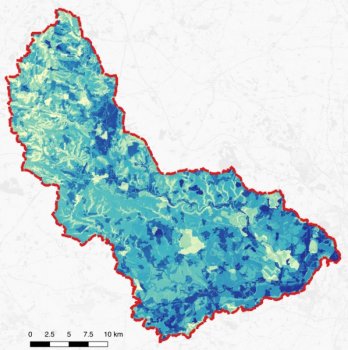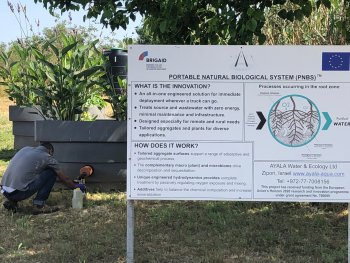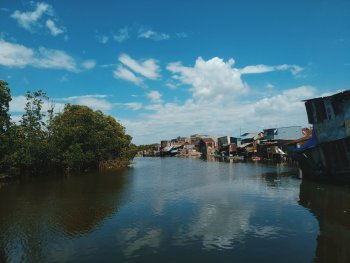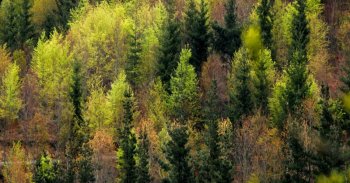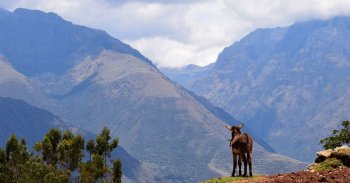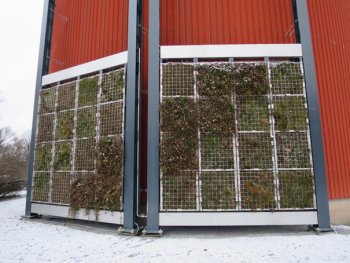GIZ ValuES - Rewarding farmers for reducing sedimentation, Indonesia
Removing sediment from reservoirs is an important part of the costs of hydro-power generation. Farmers adapt and diversify land-use, based on PES scheme with hydro-power company in Sumberjaya.

